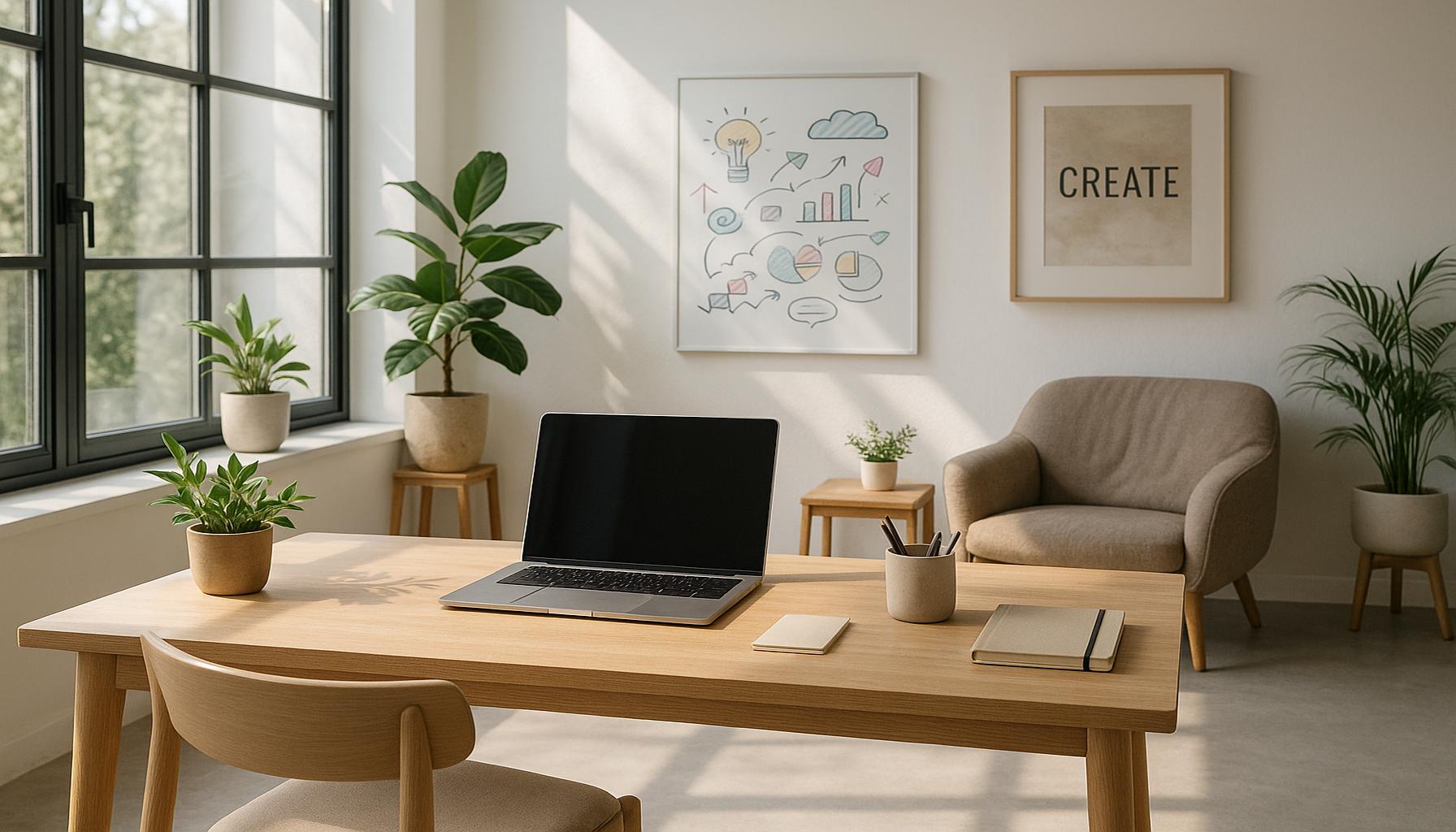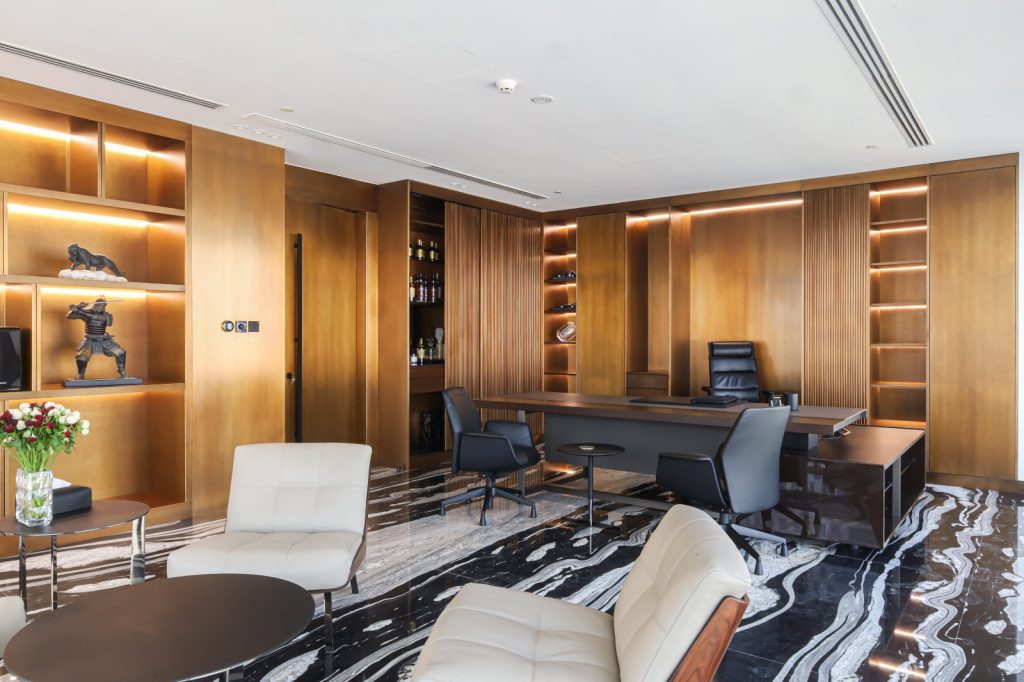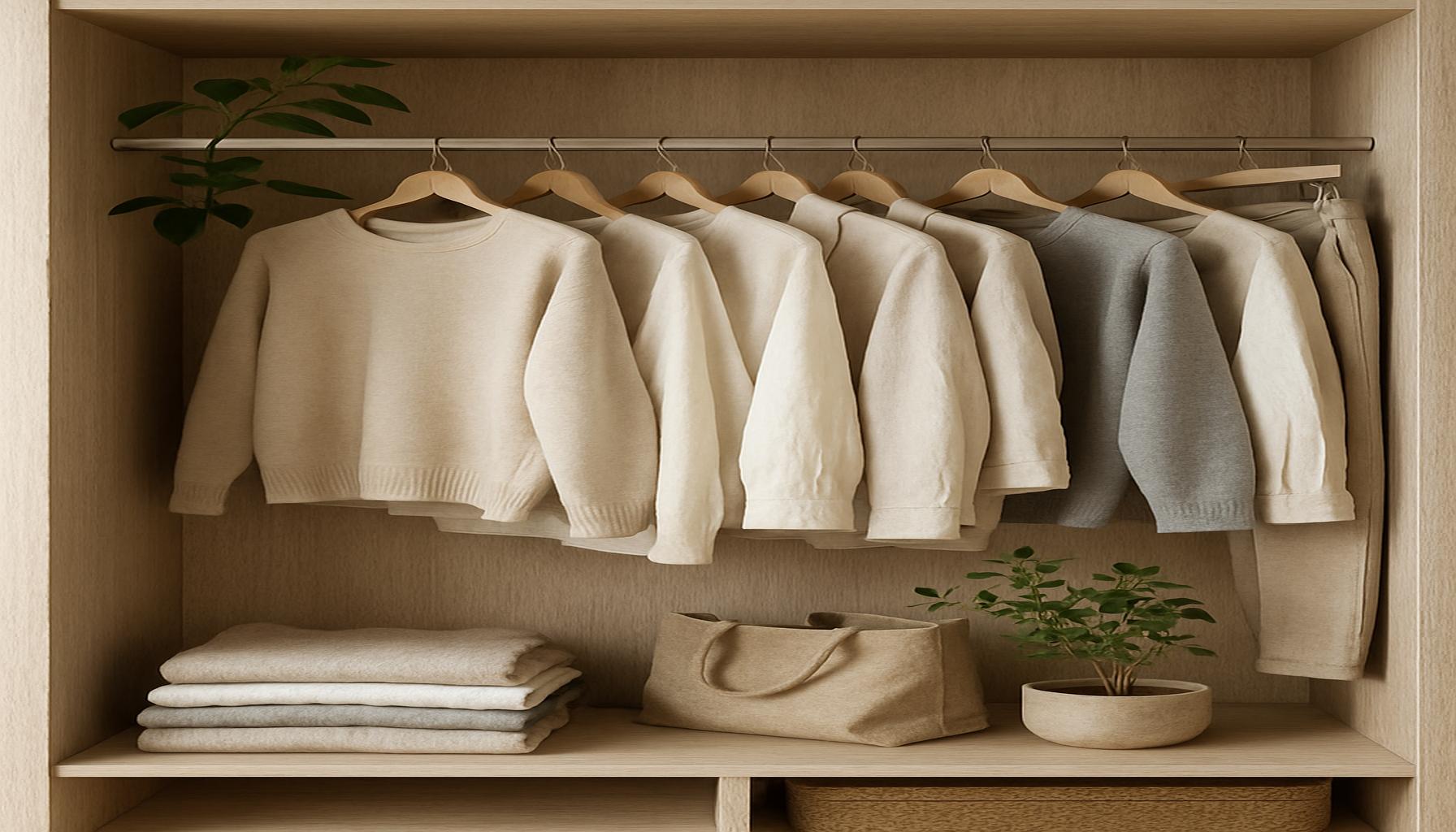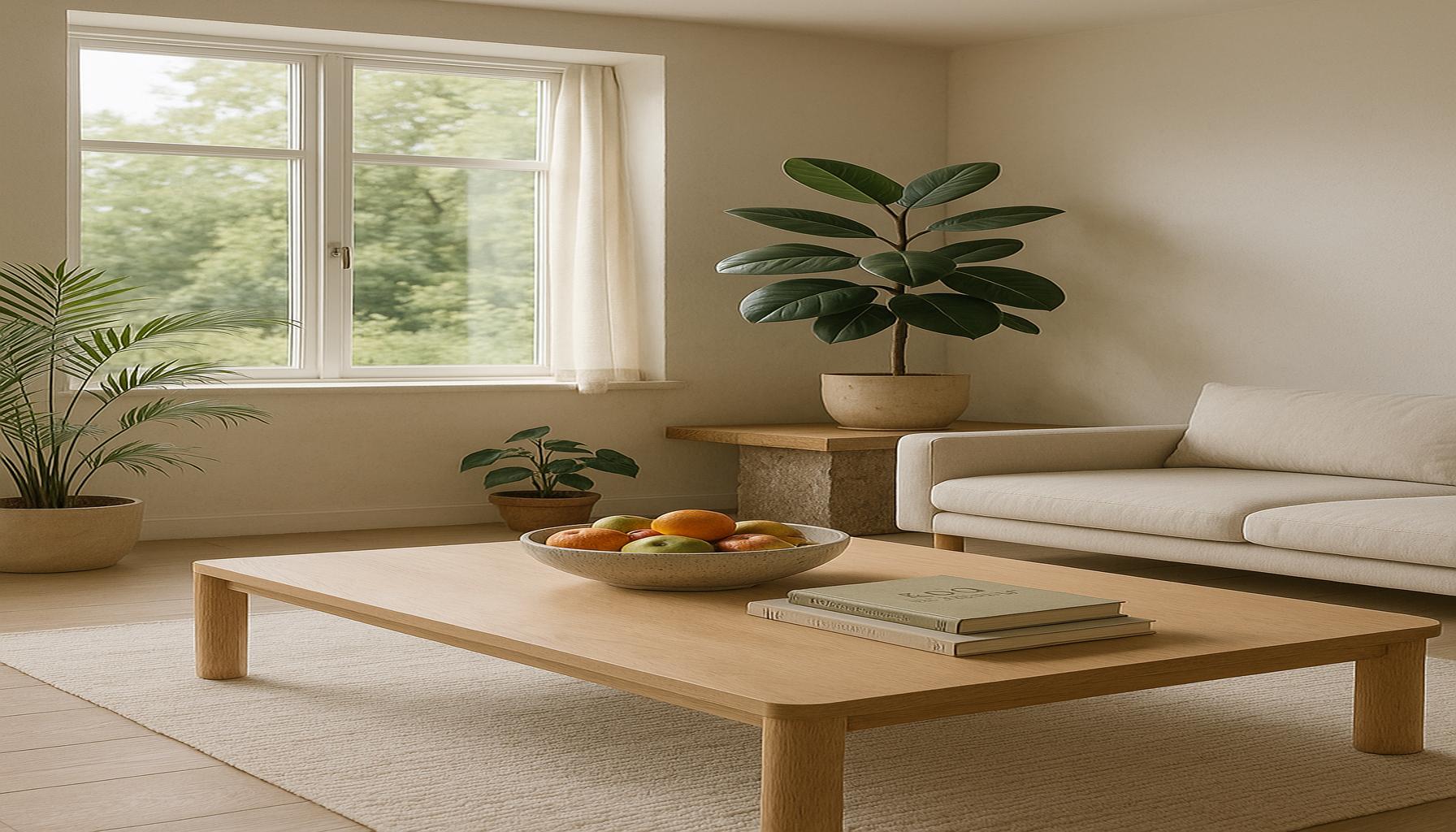Minimalist Workspaces: Creating an Environment that Encourages Creativity

The Power of Minimalism in Creative Spaces
In a fast-paced world overflowing with distractions, minimalist workspaces emerge as a sanctuary for creativity. These thoughtfully designed environments strip away the non-essential, allowing individuals to focus on what truly matters—innovation and inspiration. But what makes minimalism so effective for fostering creativity?
- Clutter-Free Zones: A clean workspace reduces mental clutter, paving the way for clearer thinking. Research indicates that individuals get easily distracted by their surroundings, and a chaotic environment can impede the flow of ideas. By creating a clutter-free zone, you not only enhance focus but also create a space that promotes tranquility and clarity.
- Purposeful Design: Every element, from furniture to decor, serves a purpose, promoting efficiency. For instance, utilizing open shelving can provide accessible storage without overwhelming a desk. Each item in the workspace can inspire creativity by serving a dual purpose, such as a whiteboard that aids in brainstorming and also acts as decor.
- Natural Light: Incorporating windows and plants can enhance well-being, stimulating creative thought. Studies show that natural light can elevate mood and energy levels, which are crucial for creative problem-solving. Furthermore, adding greenery can improve air quality and foster a connection to nature, which has been linked to increased productivity and inspiration.
Statistics show that organizations adopting minimalistic approaches report higher employee satisfaction and productivity. A survey conducted by the American Psychological Association found that employees in minimalist environments exhibited improved concentration and lower stress levels. Creating an environment where creativity thrives is not just about aesthetics; it involves strategic planning and intentional choices.
Implementing a minimalist workspace does not require a complete overhaul. With a few simple changes, such as embracing negative space, which offers a visual rest for the eye, and investing in multifunctional furniture, such as desks that can transform from standing to sitting, anyone can transform their workspace into a hub for creativity. For example, using a collapsible desk can free up space when not in use, allowing for a more fluid, adaptable area depending on the nature of the task at hand.
Furthermore, engaging in regular decluttering sessions can help maintain this creative atmosphere. By ensuring that only essential items occupy the workspace, individuals can consistently feel inspired rather than overwhelmed.
In this article, we will explore the essential features of minimalist workspaces and provide actionable tips to help you cultivate a creative environment that inspires success. Discover how you can unlock your creative potential by embracing the beauty of simplicity and intentional design.

DISCOVER MORE: Click here to uncover the secrets of decluttering
Key Elements of a Minimalist Workspace
To harness the power of minimalism in your creative process, it’s essential to understand the core components that make a minimalist workspace truly effective. Each element must be carefully selected and purposefully arranged to foster creativity while eliminating distractions. Here are some key elements to consider in the design of your workspace:
- Decluttered Surfaces: The surfaces in your workspace should be kept clear to promote mental clarity. A study by the University of Minnesota found that cluttered environments can distract and impede focus. By keeping only the tools of your trade on your desk—including necessary stationery, a computer, and perhaps a motivational quote or image—you can prevent unnecessary interruptions and maintain an atmosphere conducive to creativity.
- Neutral Color Palette: Color influences mood and productivity. A minimalistic workspace often employs a neutral color scheme, with whites, grays, and beiges forming the backdrop. These colors offer a calming effect that minimizes visual noise, allowing creative thoughts to flow uninterrupted. Adding pops of color through plants or art can energize the space without overpowering it.
- Smart Technology Integration: Integrating technology in subtle ways can enhance functionality without adding clutter. For instance, wireless chargers and cloud-based tools eliminate the mess of tangled wires and reduce the amount of physical space taken up by devices. Smart lighting solutions, which can change color to suit your mood or time of day, foster an adaptable atmosphere that can spur creativity.
Another crucial aspect is the integration of flexible work zones. A minimalist workspace can benefit from areas dedicated to specific tasks, such as brainstorming, writing, or digital work. By creating distinct yet open spaces, you allow your mind to switch gears without the usual distractions. This flexibility enhances your ability to dive deeply into projects, which can fuel creative breakthroughs.
It’s also worth considering the impact of personal touch. While a minimalist approach advocates for fewer items, incorporating a few personal items—like a favorite mug or a unique piece of art—can infuse the space with character. These touches can serve as personal motivators, serving as reminders of your aspirations or sources of joy amidst the focused simplicity of your workspace.
Lastly, maintaining a routine of regular cleanliness helps in retaining a minimalist workspace. Setting designated times weekly or monthly to clear unnecessary items fosters discipline and allows a space for new ideas to thrive. Like a blank canvas, a fresh workspace rejuvenates the mind, giving prominence to innovative thinking.
Incorporating these essential elements of a minimalist workspace can reshape your environment into one that encourages creativity and allows for greater focus and productivity. Understanding your personal needs and experimenting with different setups can ultimately lead to the optimal workspace tailored for your innovative endeavors.
| Category | Advantages |
|---|---|
| Aesthetics | Minimalist designs promote a clutter-free environment, enhancing focus and creativity. |
| Functionality | Simple layouts encourage efficient workflows and reduce decision fatigue, allowing for greater innovation. |
| Flexibility | Adaptable spaces can be easily rearranged to suit various tasks, fostering collaboration and inspiration. |
| Wellness | Minimalism often incorporates natural elements, promoting mental well-being and reducing stress. |
Exploring the depths of minimalist workspaces reveals a multitude of benefits that can ignite potential. The focused aesthetics not only improve the visual appeal but also serve as a catalyst for enhanced concentration. When distractions are minimized, creativity flows more freely, allowing ideas to flourish.Moreover, functionality plays a pivotal role in designing these spaces. By streamlining layouts and decluttering, individuals can optimize their workflow, which naturally inspires innovative thinking. The freedom to shift furniture and tools will also encourage collaboration, essential for creative projects that thrive on diverse input. Crucially, the integration of wellness-focused elements such as plants and natural light can elevate mood and productivity. Such considerations in the workspace not only enhance creative output but also promote an environment where employees feel valued and motivated.As we delve deeper into these concepts, a well-designed minimalist workspace doesn’t merely house creative minds; rather, it actively nurtures and propels them toward their greatest potential.
DISCOVER MORE: Click here to enhance your focus
The Role of Nature in a Minimalist Workspace
Another significant aspect to consider in creating a minimalist workspace is the incorporation of nature. Studies have shown that natural elements can have a profound impact on creativity and cognitive function. Research published in the journal Environment and Behavior indicates that views of nature can enhance attention and increase creative thinking. By blending natural elements with minimalist design, you can foster a workspace that is not only aesthetically pleasing but also mentally rejuvenating.
- Plants as Catalysts: Adding plants to your workspace serves multiple functions—they purify the air, enhance mood, and stimulate creativity. Even simple greenery such as a small succulent or a low-maintenance snake plant can add life to your desk without creating clutter. Harvard University suggests that plants in the office can improve concentration and boost productivity, making them a vital addition to any minimalist workspace.
- Natural Light: Maximizing natural light is crucial in designing a workspace that invigorates creativity. Exposure to sunlight has been linked to increased serotonin levels, which can enhance mood and focus. When possible, position your desk near a window or utilize elements like skylights to increase the natural light in your workspace. If natural light is limited, consider using lamps with warm light bulbs to replicate the soothing effects of daylight.
Personalized Minimalism: Striking a Balance
While minimalism promotes simplicity, the key to its effectiveness lies in finding a personalized balance between minimalism and self-expression. The workspace should reflect who you are without overwhelming you with distractions. This unique approach to decorating draws on the fact that people are often more productive in environments that resonate with their personal values and aesthetics.
- Curated Art Pieces: Selecting one or two carefully chosen art pieces can serve as focal points in a minimalist workspace. A bold, inspiring artwork can spark creativity and provide motivation while maintaining an uncluttered atmosphere. Whether it’s an abstract painting or a motivational poster, these curated pieces can enrich the environment without compromising the minimalist ethos.
- Inspirational Quotes: Quotes that resonate with your creative journey, printed beautifully and framed, can serve as both decoration and inspiration. Placing these quotes along walls or on desks can offer guidance and encouragement during creative blocks, fostering an environment that supports ideation.
Ergonomics Meets Minimalism
Ergonomics is another often-overlooked aspect that collaborates seamlessly with a minimalist workspace. A well-designed ergonomic layout can enhance comfort and concentration, which is crucial for creativity. Choosing furniture that promotes healthy posture and movement can significantly affect your ability to think clearly and work efficiently.
- Ergonomic Furniture: Investing in an ergonomic chair and desk can make a substantial difference. A desk that allows for adjustable heights may enable you to switch between sitting and standing, which not only aids in physical comfort but also stimulates creativity by changing your perspective as you work.
- Decluttered Cable Management: While technology is integral to modern workspaces, wires and cables can quickly lead to visual chaos. Utilizing cable organizers helps to maintain the minimalist aesthetic while allowing technology to seamlessly integrate into your creative environment.
In summary, a minimalist workspace is not just about fewer items; it’s an intentional design choice that blends nature, personal expression, and ergonomics to create an atmosphere ripe for creativity. By understanding how these elements work together, you can curate a profound environment that inspires your imaginative pursuits and maximizes productivity.
DIVE DEEPER: Click here to learn more
Conclusion: Crafting Your Ideal Minimalist Workspace
In an era dominated by distractions and clutter, creating a minimalist workspace is more than just a trending aesthetic—it’s a purposeful approach to enhancing productivity and fostering creativity. By prioritizing simplicity, you not only streamline your environment but also your thoughts, paving the way for innovative ideas to flourish. Key elements such as the incorporation of natural elements, thoughtful personal touches, and ergonomic considerations work synergistically to create a sanctuary for creativity.
As you reflect on the design of your workspace, remember that personalized minimalism means finding the right balance between functionality and self-expression. Whether it’s the inclusion of a vibrant piece of art or an inspiring quote, these intentional selections can ignite your creative spark while maintaining harmony in your environment. Furthermore, recognizing the role of ergonomics will enhance not just comfort but also allow your mind to wander into depths of creativity that you may have never accessed before.
Ultimately, a minimalist workspace should resonate with your individual needs and preferences, encouraging a state of flow that is essential for creativity. By embracing this refined concept, you can cultivate an atmosphere that not only supports your work but also nourishes your creative spirit. Take the time to reassess your space and embark on a journey towards a minimalist workspace that truly reflects your creative potential, unlocking new heights of inspiration and innovation.


